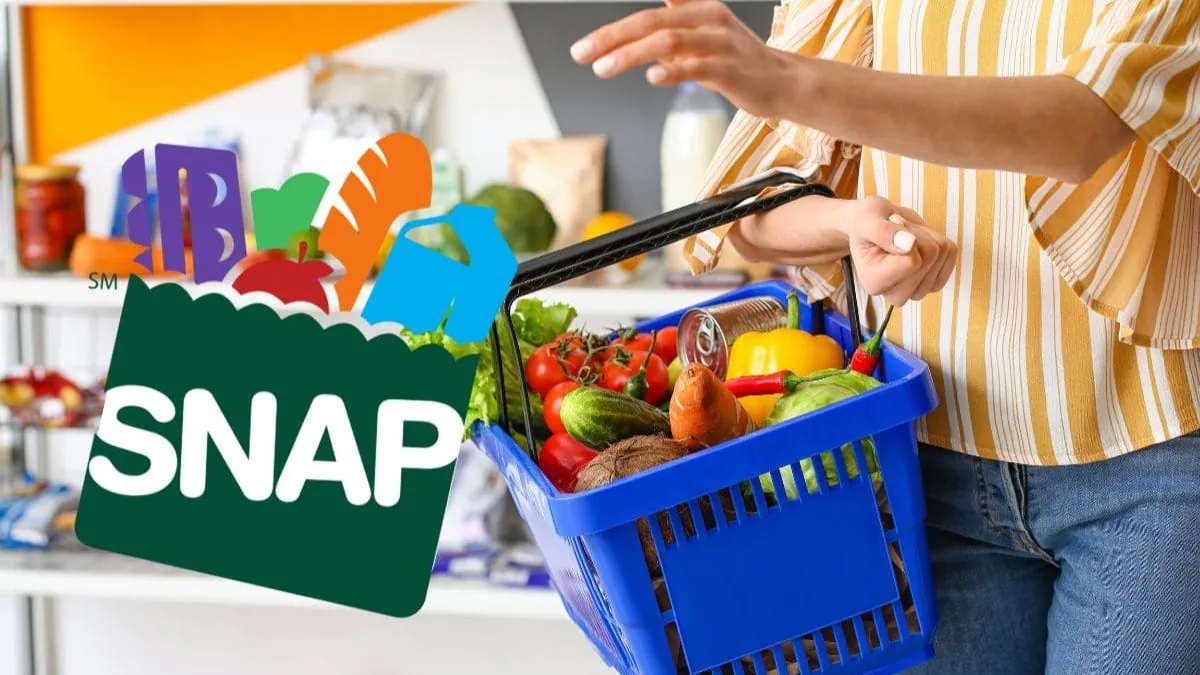The Supplemental Nutrition Assistance Program (SNAP), widely known as food stamps, provides critical support to millions of Americans struggling to afford nutritious food. Understanding the eligibility requirements and payment structure of SNAP is essential for those seeking assistance. This guide will outline the key criteria for qualifying for SNAP benefits and the details of the monthly payments.
What Are SNAP Food Stamps?
SNAP is a federal program designed to assist low-income individuals and families in purchasing food. Benefits are distributed through Electronic Benefit Transfer (EBT) cards, which can be used at authorized retailers. However, not everyone qualifies for these benefits.
Eligibility Requirements for SNAP Food Stamps
To receive SNAP benefits, applicants must meet specific eligibility requirements. Here are the three main criteria to consider:
1. Monthly Gross Income Limit
One of the most significant factors determining eligibility is the household’s monthly gross income. This income must not exceed 130% of the federal poverty level. For example, as of the current guidelines, a family of three with a gross income of more than $2,694 per month will be disqualified from receiving benefits. It’s essential for applicants to calculate their gross income accurately, taking into account all sources of income before deductions.
2. Net Income Assessment
In addition to gross income, SNAP also evaluates net income, which is calculated after allowable deductions (such as housing costs, childcare expenses, and medical expenses). Applicants must ensure that their net income is at or below the federal poverty threshold. Exceeding this threshold will result in ineligibility, so understanding these financial nuances is crucial for potential beneficiaries.
3. Asset Limitations
Another critical requirement involves the applicant’s assets. Households without a member who is 60 years old or disabled cannot possess assets exceeding $2,750. This limit encompasses savings accounts, stocks, and other resources. It’s essential to review all financial holdings to determine eligibility.
Maximum Monthly Benefit
Once eligibility is confirmed, applicants can expect to receive a monthly benefit amount. The maximum benefit available is $291 per eligible household member. For larger families, this amount can be cumulative; however, it is important to note that individual circumstances will dictate the actual amount issued. The SNAP benefits are designed to supplement the cost of food but will not cover all grocery expenses.
Application Process
The application process for SNAP Food Stamps can vary by state, but generally, individuals can apply online, via mail, or in person at local SNAP offices. It’s vital to have documentation ready, such as identification, proof of income, and information about household expenses, to expedite the application process.
Conclusion
Understanding SNAP Food Stamps is crucial for eligible families seeking assistance in meeting their nutritional needs. By adhering to the income limits, net income assessments, and asset guidelines, potential beneficiaries can improve their chances of approval. The SNAP program serves as an invaluable resource, ensuring that low-income households can access the food they need for a healthier lifestyle. If you think you may qualify, take the time to review your financial situation and prepare your application accordingly.
This Article Includes






